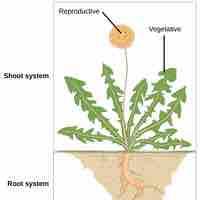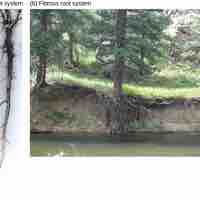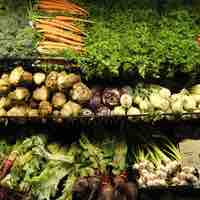Chapter 30
Plant Form and Physiology
By Boundless
A stem connects the roots to the leaves, provides support, stores food, and holds the leaves, flowers, and buds.

The stem's anatomy consists of three tissue systems that work together to support, protect, and aid in nourishing the plant.
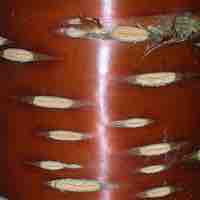
Plants undergo primary growth to increase length and secondary growth to increase thickness.
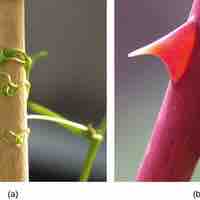
Stem modifications, either aboveground, underground, or aerial, enable plants to survive in particular habitats and environments.
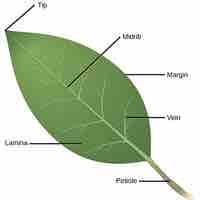
Most leaves have similar essential structures, but differ in venation patterns and leaf arrangement (or phyllotaxy).
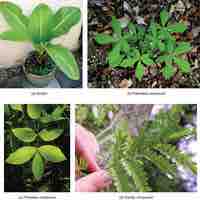
Leaves may be categorized as simple or compound, depending on how their blade (or lamina) is divided.
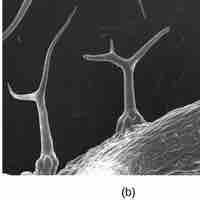
Leaves have many structures that prevent water loss, transport compounds, aid in gas exchange, and protect the plant as a whole.
Plant meristematic tissues are cells that divide in order to give rise to various organs of the plant and keep the plant growing.
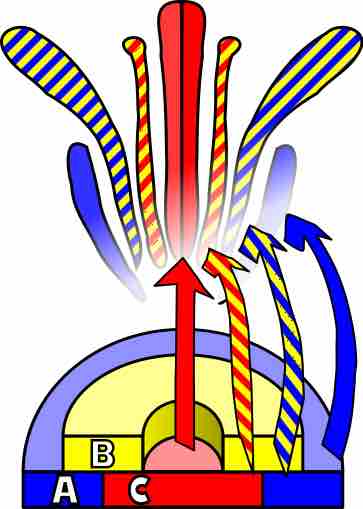
A variety of genes control flower development, which involves sexual maturation and growth of reproductive organs as shown by the ABC model.

Water potential is the measure of potential energy in water and drives the movement of water through plants.
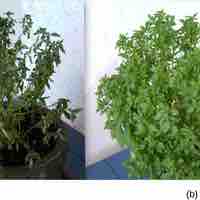
Water potential is affected by factors such as pressure, gravity, and matric potentials.

Transpiration aids in the movement of water and minerals in the xylem, but it must be controlled in order to prevent water loss.
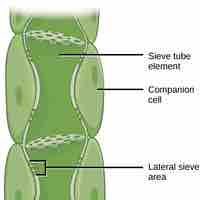
Translocation moves photosynthates via the phloem from sources to sinks.
Plants respond to light stimuli by growing, differentiating, tracking the time of day and seasons, and moving toward or away from the light.
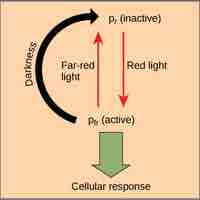
Plants use a phytochrome system to sense the level, intensity, duration, and color of environmental light to adjust their physiology.
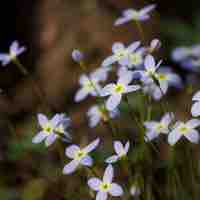
The protein-based receptors, phototropins and cryptochromes, sense blue light to alter plant physiology accordingly.
Plant shoots grow away from gravity, toward sunlight, while plant roots grow into the soil in the direction of gravity.
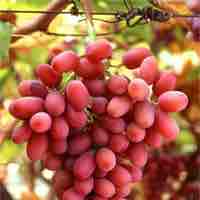
All physiological aspects of plants are affected by plant hormones (chemical messengers), including auxins, cytokinins, and gibberellins.
All physiological aspects of plants are affected by plant hormones, including abscisic acid, ethylene, and nontraditional hormones.
Plants respond to wind and touch by changing their direction of growth, movement, and shape.
